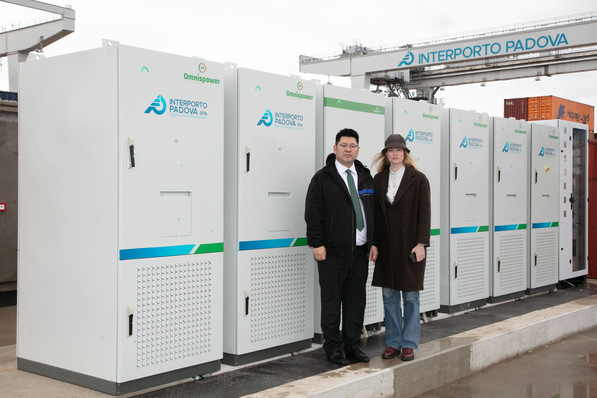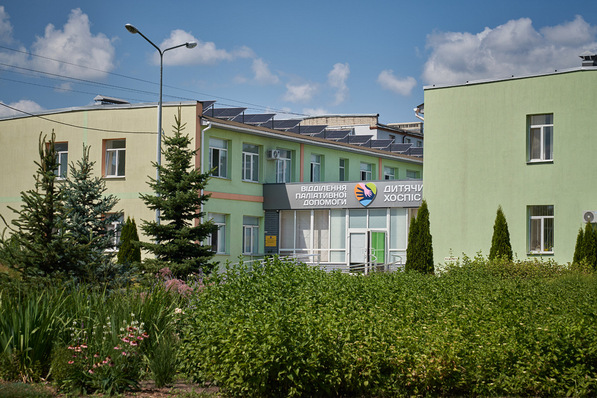On the other hand, only 41 per cent of solar panel owners use an energy storage system. When used in combination with solar panels, energy storage systems allow users to optimise their energy consumption and take the step towards self-sufficiency. The systems work by absorbing excess electricity generated during the day and making it available when needed.
To this end, LG Electronics offers useful solutions: The DC-coupled LG ESS Home system is available in two configurations – the Home 8 and the Home 10. The systems are fitted with batteries of capacity 7.0 and 9.8 kilowatt hours, respectively.
Optional back-up function
The series can also cover the need for higher storage capacities by using an additional battery. Thanks to its three MPP trackers, the LG ESS Home Systems’ lithium-polymer batteries allow flexibility on where the solar modules can be placed. In addition, two battery systems can be cascaded and enable flexible storage capacities from 14 to 19.6 kilowatt hours.
Another practical benefit comes in the event of a power outage: the LG ESS Home systems’ optional back-up function makes it possible to draw the energy supply from the solar storage unit via a switching device. This means users can stay connected to the network even in the event of a power cut.
Solar and storage together
“When used together, solar panels and an energy storage system help users optimise their energy consumption. Here at LG, we do everything possible to provide homeowners with the solutions which best fit their individual needs,” explains Michael Harre, Vice President EU Solar Group at LG Electronics. (mfo)







